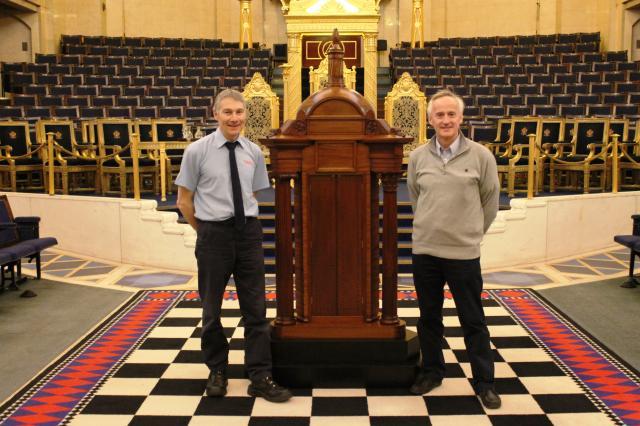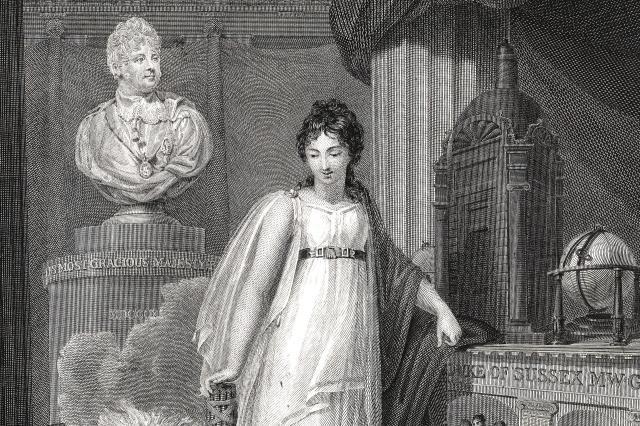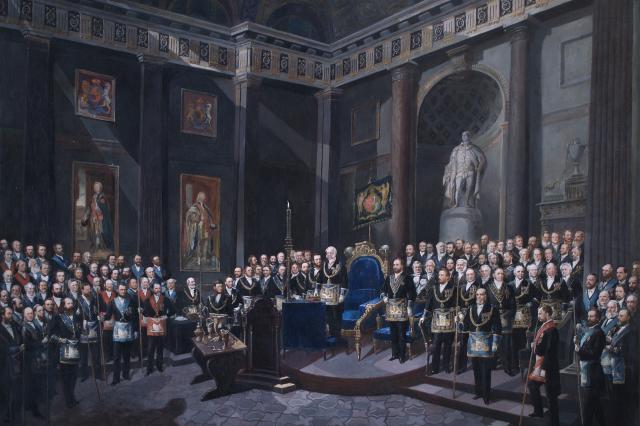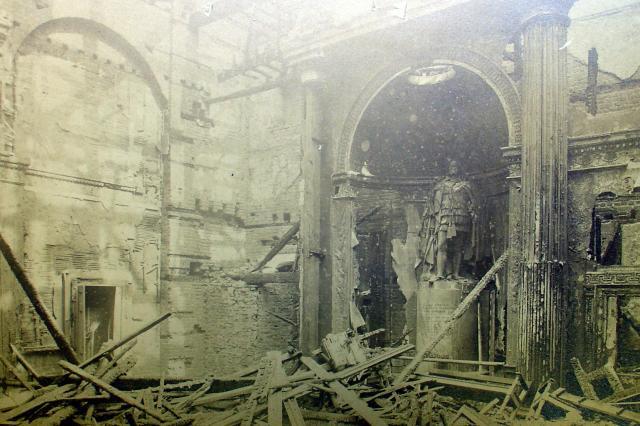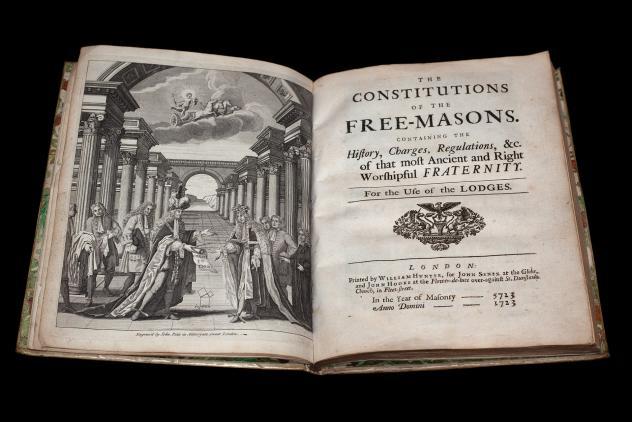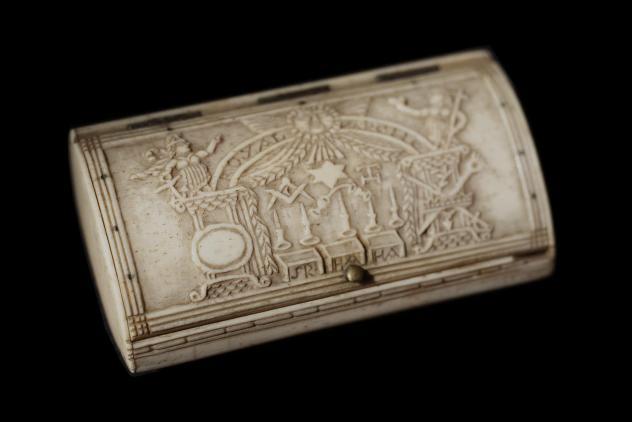Architect Sir John Soane (1753-1837) was one of the foremost architects of the Regency period. He was also a freemason, initiated in Grand Master’s Lodge No. 1 of the Antients Grand Lodge on 25th November 1813, just weeks before the union bringing the two rival Grand Lodges (the Antients and the premier or ‘Moderns’) together.
In his early architectural career, Soane worked for the landed gentry on their country houses. In 1788 he was appointed Architect and Surveyor to the Bank of England and started on his most influential work, extending the Bank’s Threadneedle Street buildings. Architect Sir Herbert Baker demolished and replaced Soane’s building between 1925 and 1939, although Soane’s outer walls, remain. Soane specialised in neo-classical style buildings, in which he reduced classical architecture to the structural essentials with frequent use of shallow domes and top lighting. In 1792, Soane bought a house in Lincoln's Inn Fields, London close to the first Freemasons’ Hall and Tavern in Great Queen Street. This now houses Sir John Soane’s Museum.

Soane was initiated into freemasonry at a crucial time, when two rival Grand Lodges of England were about to merge and form the United Grand Lodge of England. The older of the two Grand Lodges, the premier or Moderns Grand Lodge, who owned the hall, were keen that Soane designed an item of furniture to be used at the union, scheduled for 27th December 1813.
To make sure he was a freemason before the union, the younger, Antients Grand Lodge initiated him in their Grand Masters’ Lodge and he was commissioned to design The Ark of the Masonic Covenant, to be the official storage place of the Articles of Union, the foundation documents of the United Grand Lodge. He was given over two weeks to design and execute the Ark. The mahogany piece of furniture was built by cabinetmaker Thomas Martyr. It was triangular and domed, four feet three inches high and three feet four inches wide. Three columns of Classical Orders of Architecture (Ionic, Doric and Corinthian) are at each corner symbolising wisdom, strength and beauty, a recurring motif in freemasonry.

After the union, the Grand Master, the Duke of Sussex, appointed Soane, the United Grand Lodge’s first Grand Superintendent of Works, which also gained him a place on many of the Grand Lodge’s important committees. He was on the Board of Finance from 1823 to 1826 and was President of The Board of Works from 1828 to 1834. As Grand Superintendent of Works, an office he held up to his death in 1837, he designed and built a new masonic hall from 1828-1831, to sit alongside the existing hall and tavern built by Thomas Sandby. Soane was also instrumental in the reconstruction of Freemason’s Tavern, personally donating five hundred pounds, roughly the equivalent of £55,219.52 today. However, his hall, which was unpopular with the members, was demolished and replaced by Frederick Pepys Cockerell’s Freemasons’ Hall in 1863.
The Ark however, took pride of place in Freemasons’ Hall but in 1883, a fire in the Grand Temple destroyed the Ark, along with many other pieces of furniture and several paintings of Grand Masters. The original Ark can be seen in a painting by Sigismund Rosenthal, The Reception of the Prince of Wales as a Past Grand Master in December 1869 and also featured in the frontispiece engraving of the United Grand Lodge’s Book of Constitutions (1819). Fortunately, the Articles of Union were not in the Ark at the time of the fire.
In 2016 and 2017 carpenters, Houghtons of York, used the original designs held in Sir John Soane’s Museum to reconstruct the Ark using traditional methods. It was featured in an exhibition in the Soane Museum called Soane’s Ark: Building with Symbols and was also used at the tercentenary of the United Grand Lodge of England at the Royal Albert Hall. Sadly, there is very little evidence left of Soane’s work at Freemasons’ Hall but plans, drawings and paintings can be found in the archives at Sir John Soane’s Museum. There are also some archives and letters relating to Soane in the archives of Grand Lodge looked after by us. The replica of his Ark is now housed in the Library at the Museum of Freemasonry.
